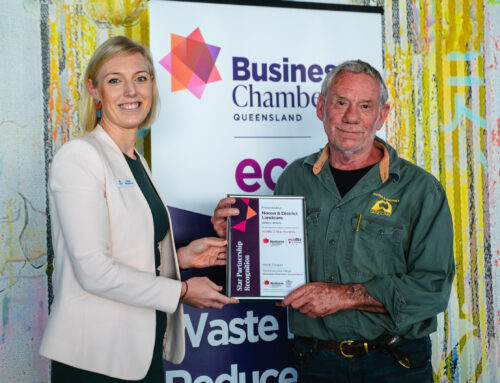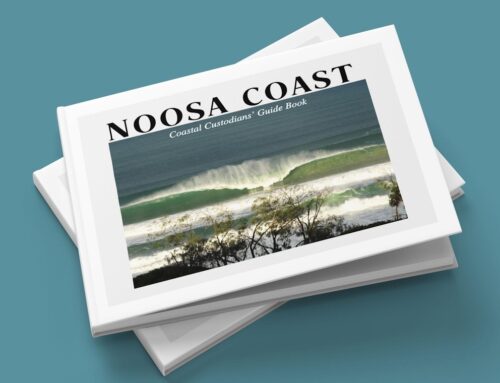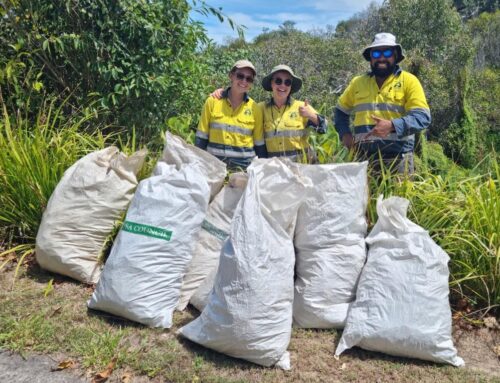Challenges Facing the Richmond Birdwing Butterfly
The Richmond birdwing butterfly (Ornithoptera richmondia) is the largest subtropical Australian butterfly, found only in subtropical northern New South Wales and Southeast Queensland. Its populations have declined in Queensland since the 1920s following the loss and fragmentation of their habitats, mainly rainforests. Clearing and inappropriate burning of understorey vegetation, weed pressure, and the ongoing habitat loss through development, mining and clearing continues to threaten this butterfly today.
A key nemesis of the butterfly has is the Dutchman’s pipe vine (Aristolochia elegans), a formerly cultivated exotic species from South America and a restricted invasive plant under the Biosecurity Act 2014. The Dutchman’s pipe emits an odour that tricks the adult butterfly to lay her eggs on this vine, and not the birdwing butterfly vine (Pararistolochia praevenosa).
Sadly, when eggs hatch on the Dutchman’s Pipe the caterpillars are poisoned by eating the leaves. This is what we term an evolutionary trap. The “trap” being the environment that is altered suddenly by human activities (i.e. introduction of the Dutchman’s pipe), so that butterfly is deceived into making poor habitat choices based upon formerly reliable environmental cues — even when higher quality habitat (P. praevenosa) is nearby. As there is no parental care, the butterfly can not learn that this behaviour is detrimental to its offspring.
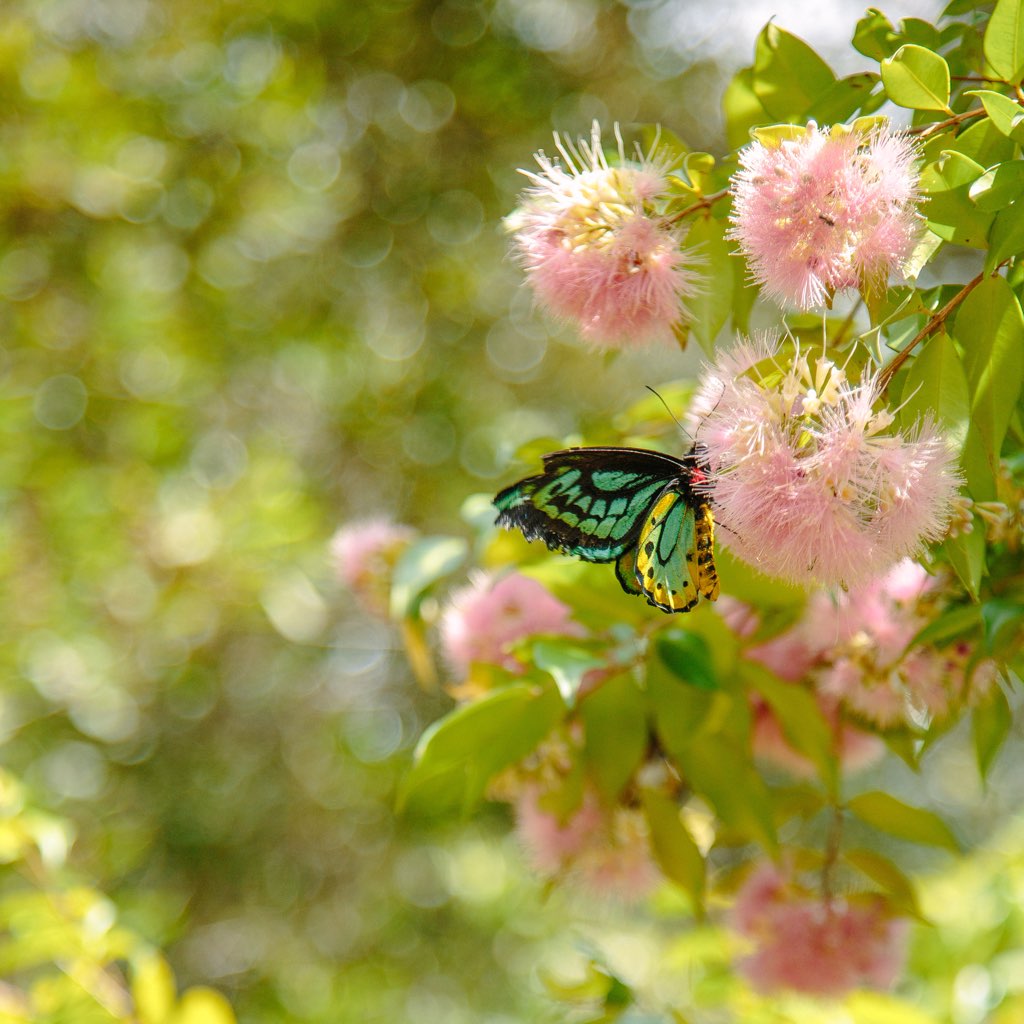
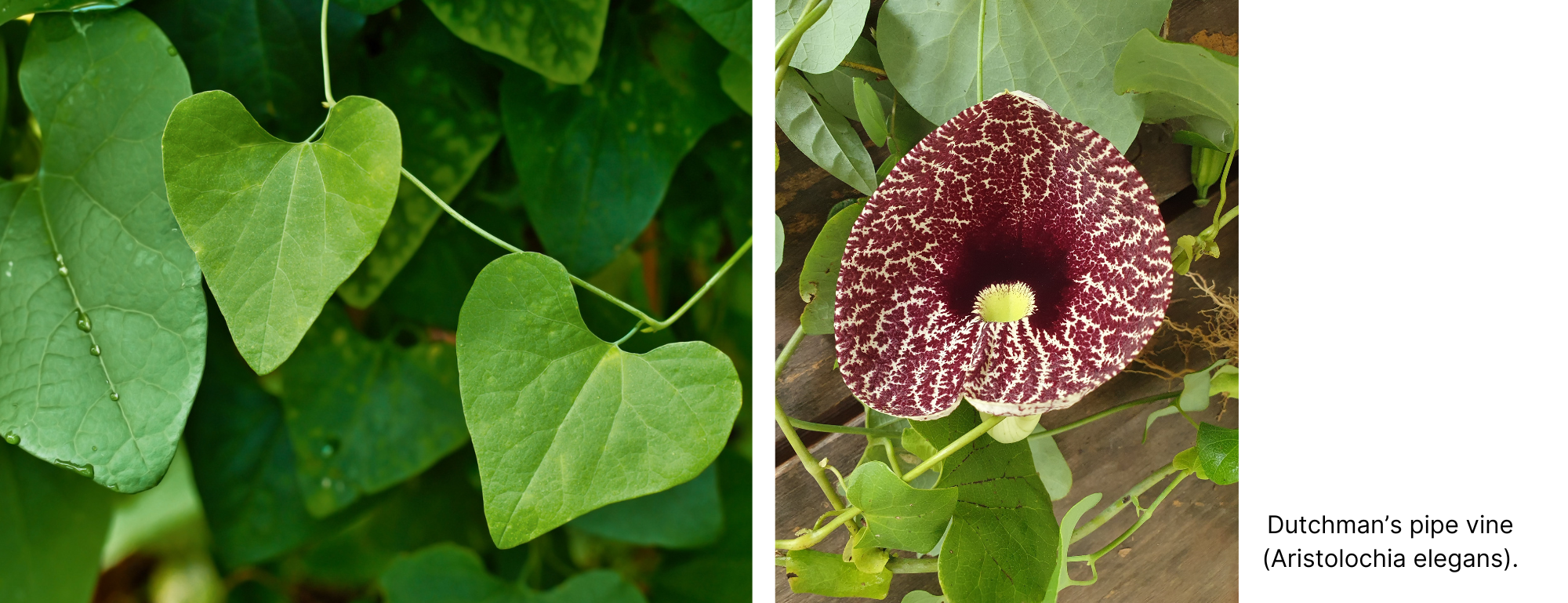
Noosa and District Landcare has been an active and proud member of the Richmond Birdwing Conservation Network (RBCN) for many years now. Powered by a collection of passionate individuals, groups, and organisations, the RBCN is dedicated to the conservation of the Richmond birdwing butterfly and its host plants, the birdwing butterfly vine (P. praevenosa) and mountain aristolochia (P. laheyana).
For over 20 years, Noosa Landcare have been propagating the birdwing butterfly vine (P. praevenosa), supporting the re-introduction of this vine throughout south-east Queensland. It has brought the organisation so much joy to receive the many reports and photos of butterflies visiting our customers planted vines over the years. Last year alone, we grew and sold 2000 vines! The participation and enthusiasm from our community in helping create more habitat for the Richmond birdwing butterfly has been extraordinary.

For a couple of seasons now, we have noticed Birdwing larvae chewing on our P. praevenosa vines in the nursery too. An accidental captive breeding program! Last year we were lucky enough to witness a lovely healthy female birdwing butterfly emerge from its crystallis – a really special moment for all of us here at Noosa Landcare.

Above photos: Richmond Birdwing Butterfly crystallis and caterpillars in our wholesale nursery.
Thanks to the Queensland Government Biodiversity Conservation Program, Noosa Landcare will be planting the birdwing butterfly vine along waterway vegetation corridors impacted by flooding and other past disturbances over the next few months to help improve the resiliency of Richmond birdwing butterfly habitat along these impacted areas.
We invite members and our wider community to join us in helping establish more vines in our region. We have plenty of mature vines in stock at the HinterHub store in Pomona or you can order from directly from our Production Nursery team. 140mm pots are $12.50. Buy 5 to get 10% off or buy 10 to get 20% off the price. Visit https://noosalandcare.org/plant-sales/ for contact details and opening hours.
Check out the planting guide developed by RBCN to help with the establishment of your planted Birdwing vine – http://www.richmondbirdwing.org.au/plantingguide.php
You can also record your planted vine or any naturally occurring vines here. This data helps RBCN track the habitat improvements for the Richmond Birdwing Butterfly across southeast Queensland.
We also urge our community to please be on the lookout for Dutchman’s pipe on your property and your local bushland areas. If you have the vine on your property, please consider taking the appropriate steps to remove this vine. You can access the recommended treatment and control methods here – https://www.daf.qld.gov.au/__data/assets/pdf_file/0004/68701/dutchmans-pipe.pdf This will greatly improve our habitat restoration efforts and the long-term health of our local populations of the Richmond birdwing butterfly. If you are not sure, bring a sample in to the HinterHub in Pomona for identification.
Feature image by Jasmine Connors.

